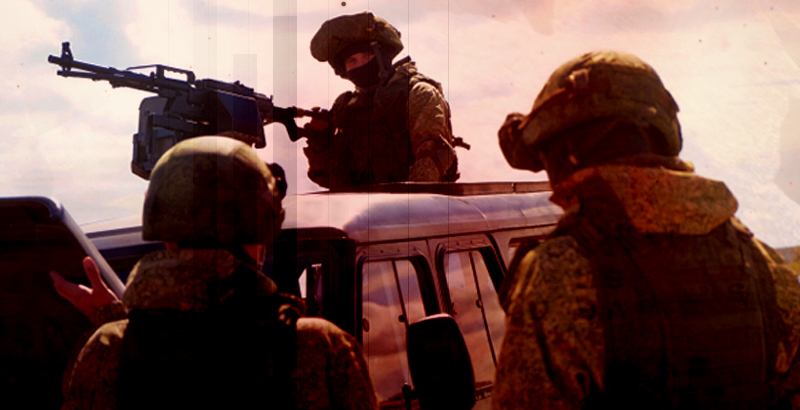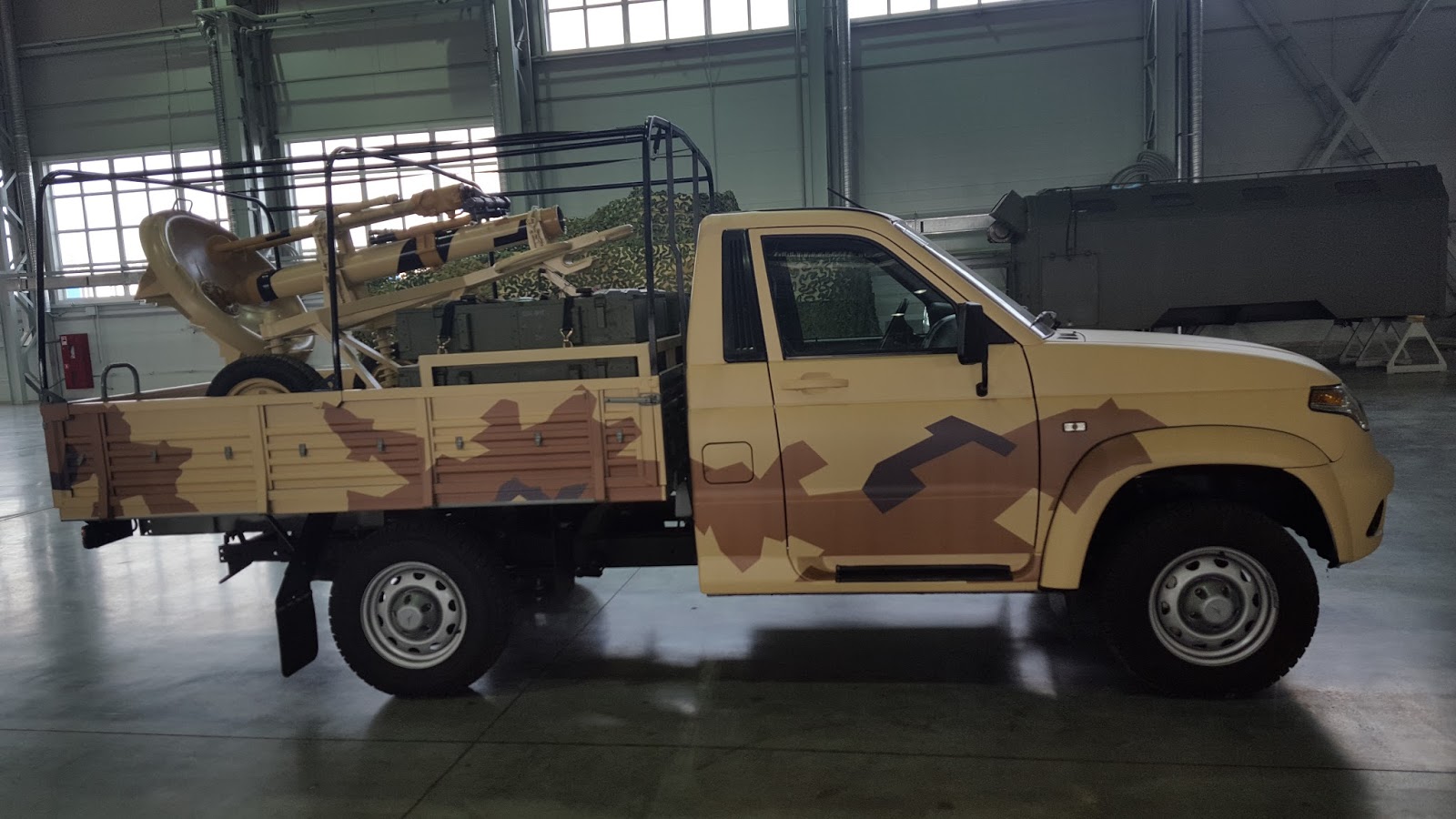
Russia’s Defense Minister Sergey Shoygu is organizing some “superlight” army brigades, the Russian Izvestia daily reported. The newly formed “superlight” brigades will use UAZ Patriot technical vehicles.
Izvestia said that the UAZ Patriot is supposed to carry up to seven soldiers, their weapons and gear and additional supplies including fuel and ammo. The vehicle will be armed with a 12.7-mm Kord machine gun and a 30-mm AGS-30 automatic grenade launcher or Kornet anti-tank guided missile launcher or Konkurs anti-tank guided missile launcher. There will also be a variant armed with the 82-mm 2B14 Podnos mortar.

UAZ with mortar supplied to the Syrian army
The formation of the “superlight” brigades has begun and they will appear “soon” in the Southern and Central military districts, Izvestia’s military source revealed.
The “superlight” brigades will have less personnel and equipment than a common motorized rifle battalion. Mobility and maneuverability will be their advantage.
The decision to form such brigades is allegedy based on the Syrian combat experience. The aim of these “superlight” motorized rifle brigades is to slip around or through heavier forces to conduct raids in to the enemy’s rear.





